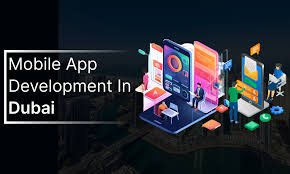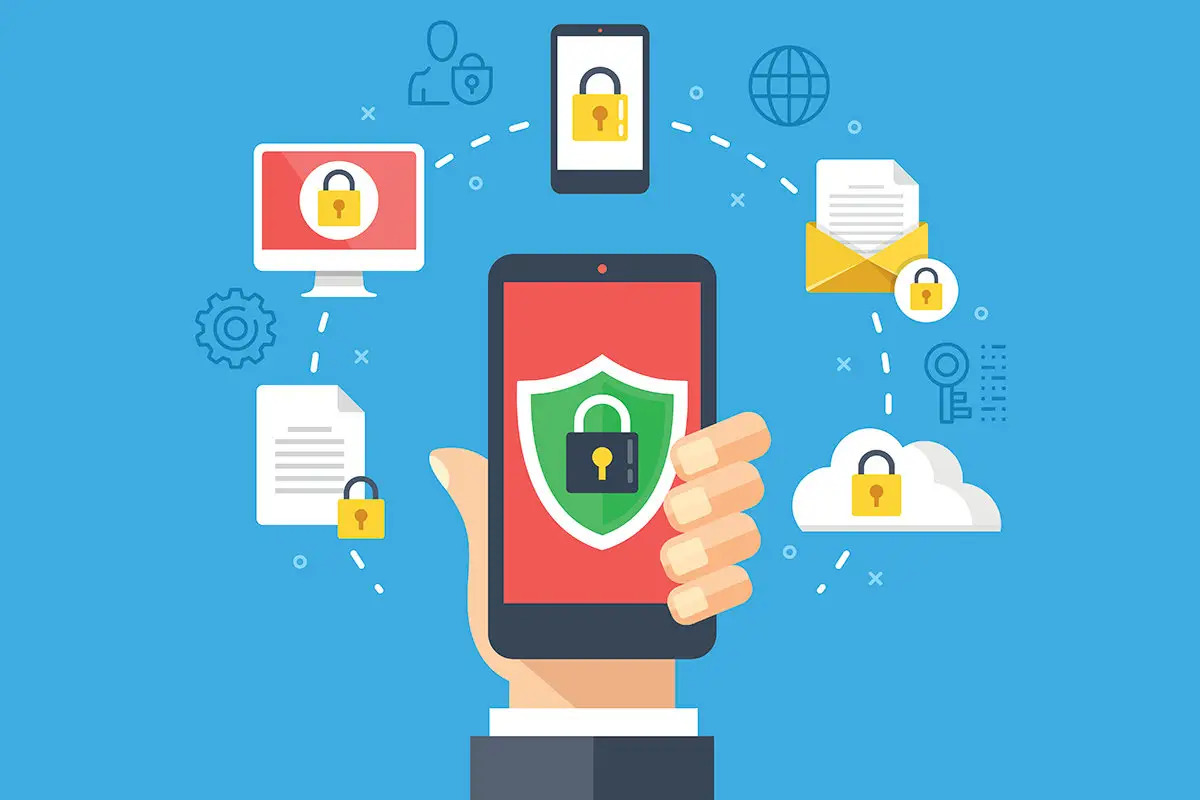Let’s be real—if you’re running a business in Dubai and still using a cookie-cutter app, you’re basically trying to win a Formula 1 race on a tricycle. The city’s buzzing with tech, and everyone wants an edge. So, when you’re hunting for a mobile app developer in Dubai, you need someone who actually gets your business, not just someone who’ll churn out another boring app template.
Understanding Business Needs Before Development
The top devs in Dubai? They don’t just dive into coding. Nope. First, they’ll grill you about your business. What’s slowing you down? Where are customers tripping up? It’s a bit like therapy, but instead of crying about your childhood, you’re figuring out how to make your business run smoother. That way, you get an app that actually fits, not just some generic thing glued onto your workflow.
Focus on User Experience (UX)
Let’s face it, people’s attention spans are shorter than ever. If your app is clunky or ugly, folks will bail in seconds. Dubai app developers know this—so they obsess over slick design, smooth navigation, and all that jazz. If users love your app, they stick around, leave glowing reviews, and—surprise—spend more money.
Seamless Integration with Existing Systems
Most businesses are already juggling five million tools—CRMs, payment gateways, who knows what else. The pros make sure your new app just slides right into your existing setup. No drama, no downtime, just everything working together like it’s supposed to.
Scalable and Future-Proof Solutions
Stuff changes fast. What works now might be ancient history in a year. That’s why smart developers build apps you can grow with. Need more features? More users? Expansion into Mars? No sweat—you’re covered without having to start all over again.
Prioritizing Security and Data Privacy
Look, a security breach is the nightmare nobody wants. So, the heavy hitters in Dubai aren’t messing around—they bake in encryption, proper authentication, all the boring-but-important stuff, and make sure you’re playing by the local rulebook. Your data, and your customers’ data, stays locked up tight.
Post-Launch Support and Maintenance
Launching your app isn’t the end—it’s just the kickoff. The best teams in Dubai stick around for the long haul, fixing bugs, rolling out updates, and making sure your app keeps up as tech and your business evolve. No vanishing acts.
Driving Business Growth with Custom Apps
Here’s the kicker—custom apps can seriously level up your business. Automate the boring tasks, give customers a personal touch, make smarter decisions, and just flat-out get more done. Suddenly, you’re not just keeping up—you’re pulling ahead.
Conclusion
If you want to do more than just survive in Dubai’s wild business scene, you need a mobile app developer who gets you and builds something that actually moves the needle. Forget off-the-shelf junk—get someone who’ll craft an app that fits your business like a glove. That’s how you turn big ideas into real, profit-boosting tools.




